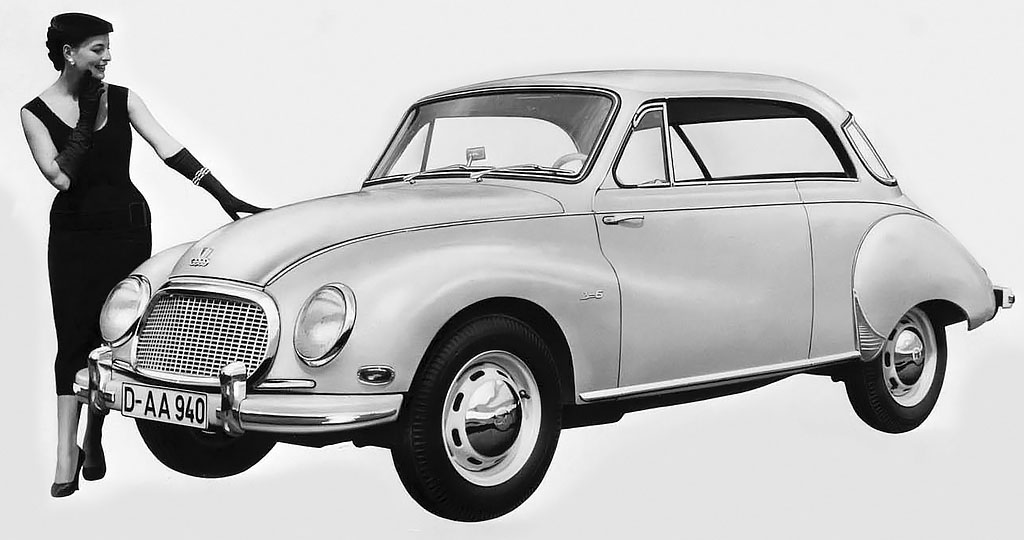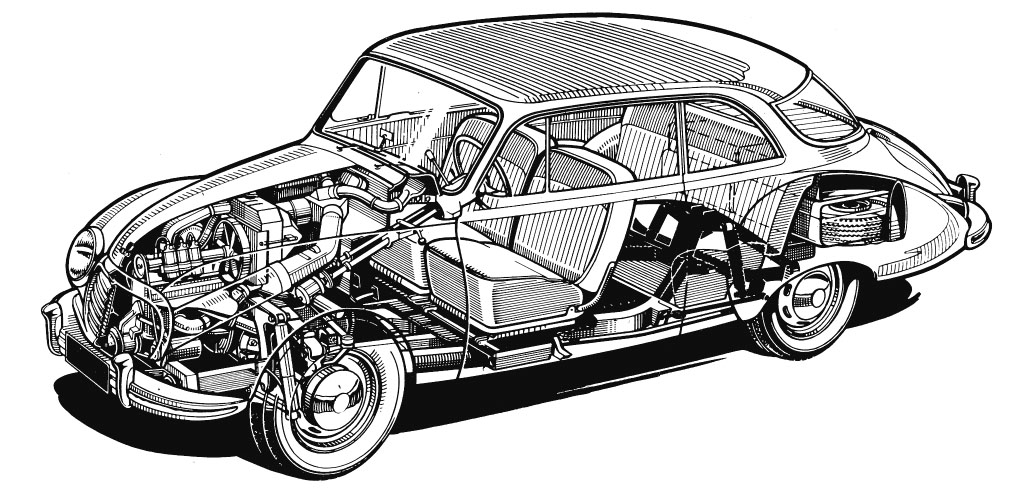
The Danish engineering genius who founded DKW J.S. Rasmussen – Classic Life visionaries. Today, we call it Audi. But the luxury German automaker was originally the sum of many parts. The consortium that became famous as Auto Union between the wars was based in large part on an innovative company called DKW, which was founded by a gifted Danish engineer. His name was Jørgen Skafte Rasmussen, and he is a seminal figure in the early German motor industry, both on two wheels and four.
He was born in Nakskow in 1878, the son of a ship’s master who died when Rasmussen was only one year old. As a young man, he relocated to the industrial center of Chemnitz, Germany, where he studied mechanical engineering at several prestigious academies. In 1904, he and a friend established a business in Saxony that built and sold components for large steam engines. When World War I erupted, gasoline supplies abruptly became scarce, and Rasmussen wondered to himself whether steam vehicles could be viable. After the war, his company built prototypes of cars and trucks powered by steam. That plan didn’t work out, but the project was known as Dampf-Kraft-Wagen, which translates to steam motor vehicle, and Rasmussen adopted it as the company’s trademark.

A new engineer named Hugo Ruppe joined the firm just before 1920, and convinced Jorgen Sakfte Rasmussen to invest in two-stroke engine technology. The first application DKW tried was a child’s toy gasoline engine, and it didn’t take long for Rasmussen to fit a version of one to a motorcycle. He then coined a new meaning for the company’s initials: Das Kleine Wunder, or The Little Marvel. It was hugely successful and by 1930, DKW was the world’s biggest producer of motorcycles. By this time, DKW had also moved into the production of gasoline-fueled automobiles, one of the first being a plywood-bodied roadster called the P15, powered by a two-cylinder two-stroke engine.
Part of this story is the complex relationship of companies that were eventually merged into Auto Union. Rasmussen bought out Audi in 1928, four years before Audi, DKW, Horch and Wanderer were combined to form Auto Union, which immediately became the second-largest producer of cars in Germany after Daimler-Benz. DKW’s market niche was affordable cars and motorcycles with two-stroke power, as Rasmussen settled into the role of Auto Union’s technical director, as the new group’s four-ringed emblem was first utilized.

His association with Auto Union ended when he was sacked in 1934, soon after Adolf Hitler came to power. He never returned to the consortium in his lifetime, instead working independently on the continued development of DKW racing motorcycles and, for a time, with the design of a two-stroke, two-cylinder engine for a proposed delivery van. In 1948, he returned to Denmark, where he and his son, Arne, labored to bring about a plan to build motorcycles named DISA that was ultimately stillborn. When he died in 1964, he was famed for his efforts to make the oft-maligned two-cycle engine suitable for large-volume automotive use. According to lore, Saab was inspired by the DKW twin when it began designing its own two-stroke for the original Saab 92.
DKW went on to produce three-cylinder cars until 1959, when they were rebadged as Auto Unions and eventually, Audis. Production was later moved to Ingolstadt, Germany, which is still Audi headquarters today. The last DKW built in Germany was produced in 1966, although licensed assembly took place in Brazil and Argentina until 1969.





